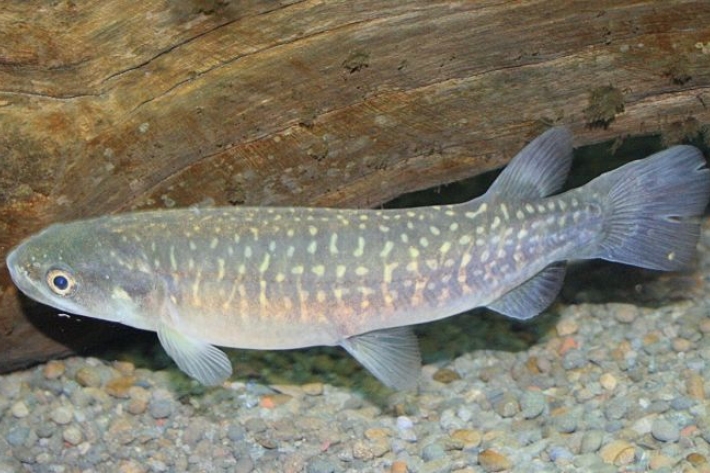-

Risk assessment of contaminants in traditional food sources
Research ProjectGathering, eating and sharing wild kai (food) has always been a very important part of Māori culture and wellbeing - this research project aimed to characterise the risks associated with consuming kai collected from rivers, lakes and coastlines. -

Framework for interoperable freshwater models
Research ProjectThis project involves the development of a computer-based framework for freshwater models. The framework will be tested to proof-of-concept stage. -

Black petrel & commercial fisheries
Research ProjectBlack petrels are relatively few in number and are sometimes caught on fishing lines and in nets. The effect of fishing-related deaths on the population is unknown. -

Kaikoura Canyon survey
Research ProjectNew Zealand's Kaikoura Canyon is a 'biodiversity hotspot', containing far more life than seen before at such depths. -

Mapping marine biodiversity in Bay of Islands
Research ProjectBuilding a publicly-available database from the results of a marine mapping survey of the Bay of Islands provides us with a stocktake of the local aquatic resource, in turn giving us valuable information on what areas we can better manage for the future. -

Dissolved oxygen criteria for fish
Research ProjectNIWA has produced revised safe levels of dissolved oxygen for fish, which will help inform future environmental planning and resource consents and help to keep New Zealand rivers full of healthy fish. -

Stream restoration for aquatic invertebrates
Research ProjectStreams play a key role in the ecosystems of New Zealand’s unique landscape. They feed and link together freshwater sources, maintain good water quality and support habitats that sustain our biodiversity. -

Restoring shellfish habitats in estuaries
Research ProjectChanges to the local environment and over harvesting have damaged shellfish populations in many estuaries. These projects examine the most effective way to restore these habitats and allow healthy populations of shellfish to return. -

Reintroducing giant kōkopu to Nukumea Stream
Research ProjectThe giant kōkopu is a native whitebait species considered rare and vulnerable. NIWA is working with Mahurangi Technical Institute and environmental consultancy Boffa Miskell to test the feasibility of reintroducing giant kōkopu to Nukumea Stream, north of Auckland. -
Restoration of seagrass beds in Whangarei Harbour
Research ProjectSeagrass beds form an important undersea habitat for small fish, seahorses and shellfish in New Zealand. -

Valuing New Zealand's marine environment
Research ProjectThis unique project is the first systematic attempt to quantify and map environmental values of New Zealand's coastal marine ecosystem. -

Predicting long-term sedimentation and heavy metal accumulation in estuaries
Research ProjectNIWA has developed an Urban Stormwater Contaminant (USC) model to enable urban planners to predict sedimentation and heavy metal accumulation in estuaries and identify problem areas in order to target mitigation measures.

